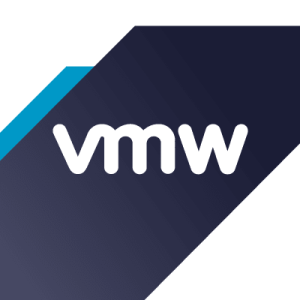VMware Live Recovery is valued for its disaster recovery testing, integration with various environments, and automation features. Users highlight its user-friendly interface, centralized recovery plans, non-disruptive testing capabilities, and ability to automate failover and failback processes. Its seamless integration with vSphere, storage vendors, and Nutanix, as well as features like delta sync and zero impact testing, make it effective for business continuity, enhancing the speed and reliability of virtual machine recovery.
- "I give VMware Live Recovery a rating of ten out of ten."
- "VMware Live Recovery is a very useful tool for live recovery."
- "The solution offers a rich set of features, well adapted in the market."
VMware Live Recovery requires enhancement in integration with non-VMware environments, better automation, and improved user interface. Stability issues, high cost, and complex configurations often cause difficulties. Users encounter challenges with data replication speed and bandwidth requirements while compatibility with other platforms is limited. The documentation and technical support need significant improvements, and licensing is seen as expensive and complicated. Users express the need for a more seamless installation and robust performance.
- "The licensing area needs improvement as the cost per virtual machine is high. If they offered discounts or minimized their prices, it would be more beneficial."
- "For cloud-based solutions, the cost seems quite pricey, so we stick to on-premises deployment."
- "The pricing structure is pretty expensive, especially after the recent changes, and it's important for the cost to be justified based on the features used in production."





